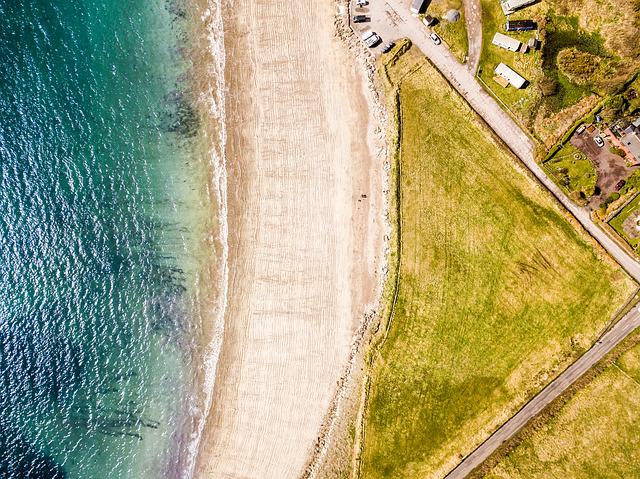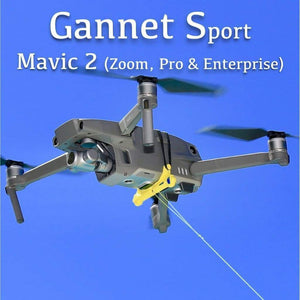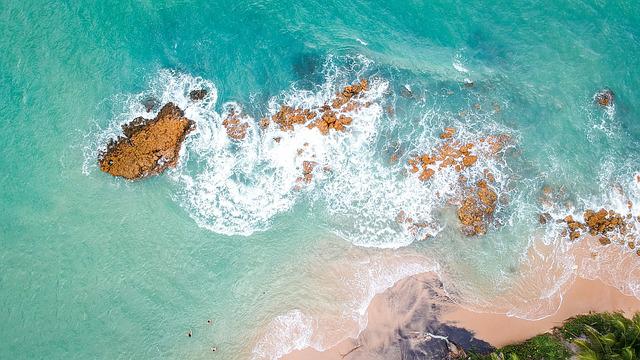
New Zealand has discovered a new way to fish: drone fishing. This innovative new technique uses drone technology to open up new fishing opportunities. Drone Fishing NZ has a number of top retailers that can sell you a DJI or Splash drone. You can also find Splash drones and GoFish cameras, as well as custom-built fishing rigs.
Aerokontiki Drones
For a better picture of what you're doing, try a fishing drone like the Fishhawk, a product of Sharkan. The stabilized camera of the drone can take 12-megapixel photos as well as 4k UHD videos at 30 frames per seconds. You can view the videos from your smartphone. The drone can fly for up to 23 minutes and has a spare battery. It also has good transmission range.
Mobula
The Mobula drone is specifically designed for fishing, so you don't have to worry about letting it fly into the water. The drone's buoyancy and IP56 rating means it can withstand winds up to 20 km/h. It also comes with safety features like automatic return to the home, automatic payload delivery, and 3 release mechanisms. Your drone will automatically return back to the water when its battery goes flat. This means you won't have any worries about it getting lost.
Banks'
Fishing drones have become a hugely popular trend that has attracted the attention of both anglers as well as sports enthusiasts. But, drones can have their own problems. The drone is not recommended for fishing in shallow water. The second problem is when the drone crashes again in the same spot. If that happens, you can't always trust the information you get from the video.

SplashDrone 4
Swellpro created the SplashDrone 4 waterproof drone with a new floating platform. It's ideal for fishing parties, all kinds of water activities and is made from corrosion-resistant materials and high-quality ABS to withstand any conditions. Smooth+ Flight Control System - The SplashDrone 4 gives you full control over your drone. This allows you to maintain stability in any situation. Its advanced technology enables it to capture every angle of the sky.
Drone for Fisherman
New Zealand Fisherman Drone Fishermans are in for an amazing treat. Drone fishermen love snappers. Snapper are also beautiful and delicious to catch. They can be found along the North and South coasts of the South islands. You'll be able to catch these fish throughout the summer months, as well, as they are plentiful in the fall.
Flying a drone
If you're planning to fly a drone for drone fishing in New Zealand, there are several guidelines you should follow to ensure your trip is a success. First and foremost, you should know the law. It is illegal to fly a drone within 500m of any marine life. You'll also need to be mindful of your surroundings when flying your drone, as you don't want your expensive drone confiscated or damaged.
Payload for a drone
The payload of a drone that you use for fishing is something you should be aware. You need a drone that is strong enough to lift heavy fish and long-lasting flight. If you are only going to fly your drone for just a few moments, you will probably not be able to catch enough fish. New Zealand's drone fishing is becoming more advanced.

FAQ
What kind batteries does a drone need?
The majority of drones use lithium-ion cells. The typical drone draws between 3 and 6 volts.
Is it legal to fly a drone in the United States?
Flying drones is an offense in certain countries, including Australia, Canada, Germany and Japan. It is legal in some other countries, such as France and Italy, the Netherlands, Poland, Russia or Switzerland, Turkey, Ukraine, and Vietnam.
Is it possible to fly my drone in a local park?
Yes, you can fly drones at parks all around the world. However, there are some countries that prohibit drone flying in parks. Our list contains places where drones are legal to fly for enjoyment.
What are the rules of operation for drones?
You need to register your drone with the FAA. The registration process involves providing information about your drone, such as its weight, size, battery power, and frequency. This registration process requires that you obtain an FAA identification code.
What drone is the best for beginners?
The DJI Phantom 2 Vision+ drone is a popular choice for beginners. The 4K camera on this model allows you to take stunning aerial photos and videos. You can easily navigate this drone using its built-in GPS system.
Can my drone be flown indoors?
Yes, you can fly your drone indoors. It is important to make sure there are no hazards or obstacles in your home. For example, you should avoid flying near windows, doors, heating vents, air conditioning units, electrical outlets, water pipes, and fireplaces.
Statistics
- According to the multiple listing service (MLS), houses and apartments with drone photographs are up to 68 percent more likely to sell than those without pictures. (thedroneu.com)
- According to industry research from ZipRecruiter , there are 10 cities where the typical salary for a Drone Pilot job is above the national average. (dronesgator.com)
- Research and Markets predict a growth rate of 51.1% over the next five years. (thedroneu.com)
External Links
How To
How to Fly Drones at a Beginning Level
A drone is a remotely-controlled aircraft that is used for aerial photography and surveillance. Drones are a technology that has been around since World War II. DJI's Phantom series quadcopters were first commercially available in 2010. From beginner-friendly drones such as Parrot AR Drone 2.0 through professional-grade multirotor craft like DJI Mavic Pro, many types have been available.
There are several ways to fly a drone, including;
-
Remote control – This is when you attach a device to your hand that allows you to control the drone's flight path. There are two main types for controllers: Joysticks or On/Off switches, which can be used to control the drone's flight path.
-
Manual Control – This method lets users remotely control the drone by using a smartphone app. You will need to keep track of where the drone is going and follow the directions from the app.
-
Autonomous Flight – This is when the drone handles all the piloting tasks. It allows the drone to fly independently without any human intervention. A drone must have a builtin camera and sensors capable to capture images and other data.
-
Triggered flight - This is similar to manual control except that the pilot sets up a preprogrammed route and the drone follows the route until it reaches its destination. After the preprogrammed route is complete, the drone will automatically land and return to its base.
-
Landing Gear - Some drones come equipped with landing gear that allows them to land safely if they lose power or run out of battery during flight.
-
Goggles - Some pilots wear goggles to protect themselves from debris while operating.
-
Camera - You can capture photos and videos with your drone from the air.
-
Obstacles. Some drones can have obstacle avoidance technology that stops them from hitting obstacles.
-
Speed – Some drones can reach speeds in excess of 40 mph.
-
Battery Life: Most drones have a battery life of between 20 and 30 minutes depending on how many power sources you use.
-
Some drones are capable of traveling up to 30 miles depending upon their make and model.
-
Power source: Some drones will require an external power source while others can be powered by internal batteries.
-
Weight - Some drones weigh less than 1 pound, whereas other models weigh up to 4 pounds.
-
Size - Drones come in many sizes, from small gadgets that fit in one's hands to large craft that weigh more than 50 lbs.
-
Price - From high-end models that cost thousands of dollars to low-cost options that start at $100, all drones fall under a certain price category.